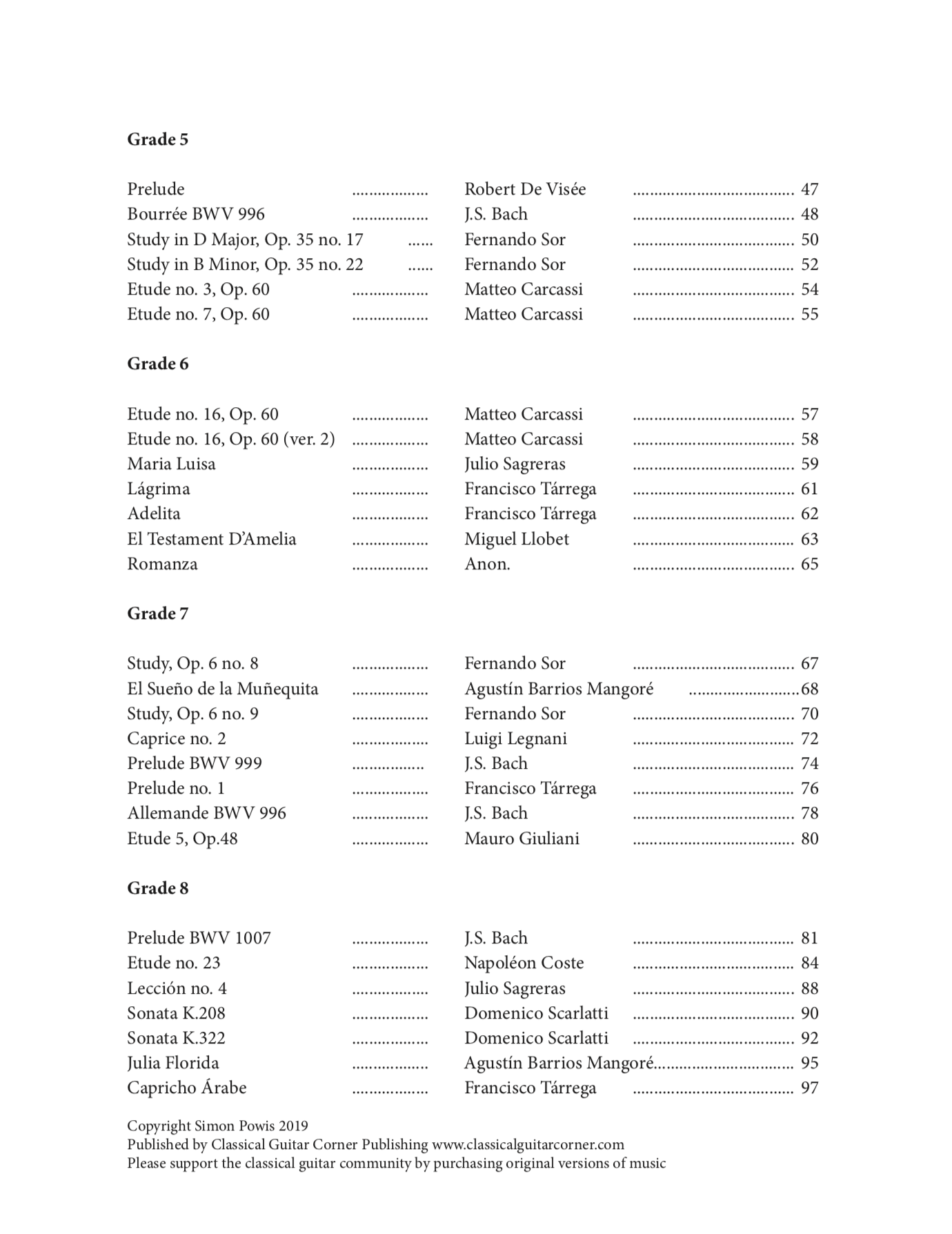


From how to execute a well-prepared piece in a large hall compellingly and movingly, to how to handle pressure in a last-minute performance, lead unexpectedly, or play an audition after limited warm-up time. Short-term strategies handle both normal and abnormal situations. A healthy Mindset is about reaching for the infinite. This concrete and immediate success reassure them that succes is limited only by their mind. Their maximum tempo is often faster than they anticipated. Delay: ask students to repeat a passage as I speed up the tempo without their knowledge. Long-term strategies include good preparation, positive thinking, time management, and creating ”success” situations. I see it as a discipline to be practiced regularly. The student will always be encouraged to come up with his/her own exercises. One month later, he began working on Lalo's 1st movement, and he was able to perform it confidently within two weeks. We even played scales together, so he could stop obsessing over his every note.
#VIOLINMASTERCLASS GRADED REPERTOIRE PROFESSIONAL#
I introduced him to the Graded Repertoire page on, so he could visually study the violin technique/music progression from elementary to professional level. We worked on basics, violin positions, bow distribution, etc. I designed a plan combining Sassmannshaus/Delay basics, Flesch scales, Yost shifting, Sevcik etudes, and my own exercises. Once I was teaching a student that needed a strong bust in confidence, and concrete knowledge of violin technique. Practicing certain passages from different repertoire 7 min/daily into a total of 100 minutes, stretched out for weeks. A one-month gradual layout of 30 min/day of Paganini includes rest days. Long-term routines incorporate larger time and content planning. This approach promotes a controlled and concrete development of creativity. Study their motivic significance, anticipate, vary, and find a new interpretation. We divide phrases into smaller components. We dissect the technique into separate elements (role of fingers, or elbow), practice them incrementally, and put it slowly back together. Short-scale regimens focus on one aspect: a basic technique (shifting, a phrase, a ricochet, etc), or a difficult passage. I suggest a systematic and progressive process of problem-solving, resilience, creativity, and control.įirst, we design together short-scale and long-term routines, according to ability and learning style. How the body works in relationship with the instrument, imagination, and learning time. My ultimate pedagogical goal is to build a system of efficient practicing routines coordinating body and mind, traditional and modern, direct and imaginative strategies. After all, the artistic process is about mixing concrete and abstract elements. I prefer a simple, direct, but also imaginative teaching style. I recommend students to practice Sevcik, Yost, Galamian, as well as audio/video record their sessions, play along with excellent recordings, and explore self-improvement books, yoga, and meditation. I like to combine tried and true methods with new ideas by educators, students, and artists, including non-classical. My approach is both traditional and innovative. I plan to create a safe space of open-minded communication, promoting individuality and collaboration skills. My learning strategy focuses on sharpening their discipline, preparation, multidisciplinary, and multicultural thinking. How to teach, and conceptualize nurturing ideas to the society. I believe that every student must learn it all. Music universities must enable students to perform, collaborate, teach, present, and lead in a competent way.

Finally, to leaders of artistic knowledge, leadership, and innovation. From university students to beginners, from aspiring soloists to amateurs. From successful solo, chamber music, and orchestra musicians, to educators for all levels. A good teacher must know how to prepare all ambitions. Music learning ranges from a highly professional, to a significant but auxiliary education.


 0 kommentar(er)
0 kommentar(er)
